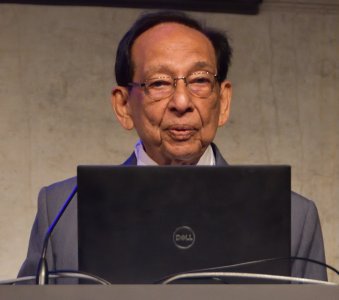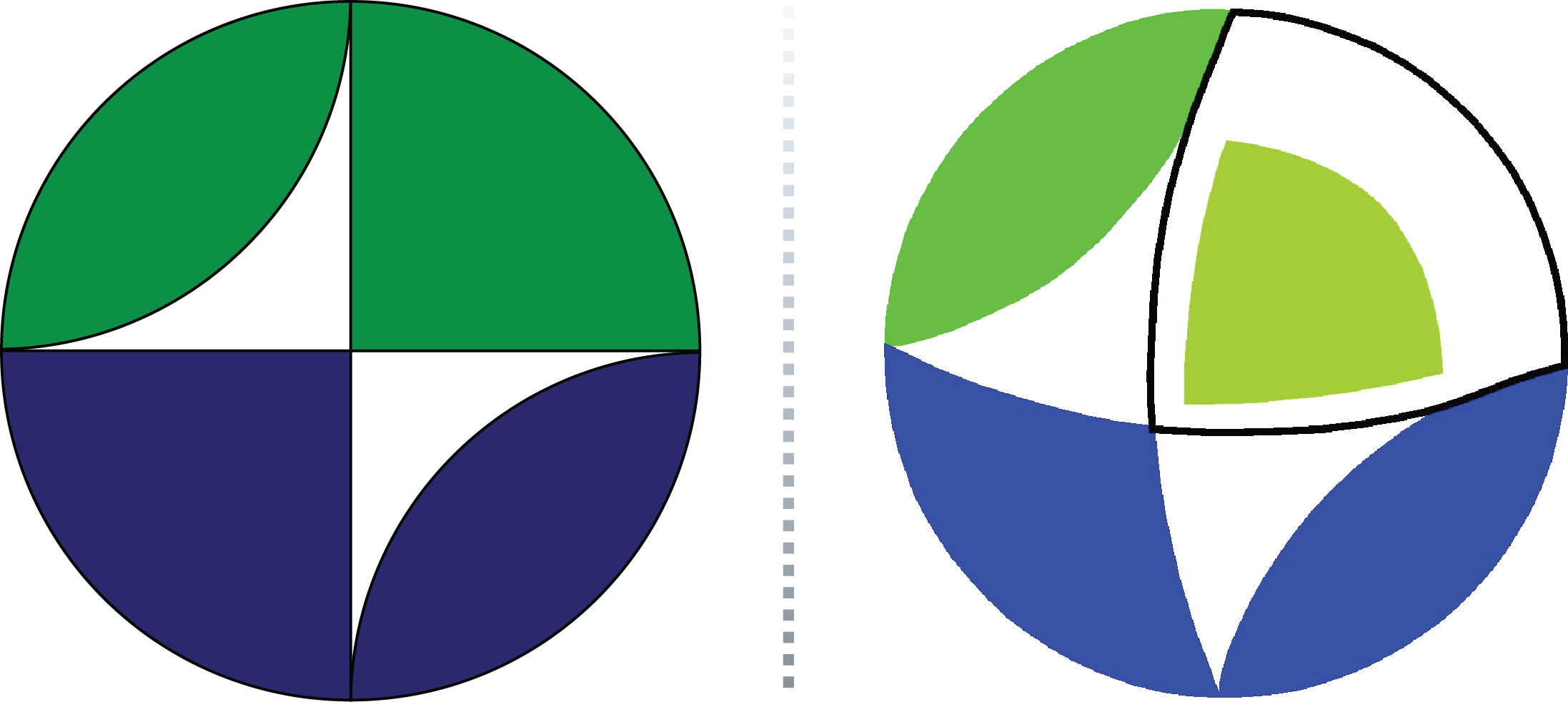IASPEI Medal 2023: Acceptance Speech - Dr. Harsh K. Gupta

Thanks Andrzej for the wonderful laudation. It is indeed a great honour to receive the prestigious IASPEI Medal from Kenji Satake, IASPEI President and a long-time friend in the presence of Harald Schuh and Johannes Schweitzer. I am thrilled to see many friends and well-wishers in the audience. The first IUGG GA attended by me was in Canberra, Australia in 1979, on an invitation from Aton Hales. He had invited me to organize a symposium on water reservoir induced earthquakes. That was also the time that I got introduced to IASPEI, and that connectivity has continued till now. While receiving this prestigious medal, my thoughts go back to my initiation to seismology under the watchful tutelage of Mr. B. P. Saha at the Central Seismological Observatory, Shillong, India way back in 1963. Fortunately for me, the USGS Team arrived at Shillong in 1964 to set up a station under the World Wide Standard Seismograph (WWSSN) Program, and I was given the responsibility to assist them and to learn operation and maintenance of a WWSSN Station. Looking at the 27 March 1964 Alaska earthquake records and separating Rayleigh and Love waves which had gone around the Earth several times got me glued to the study of seismograms - that has continued till today. Working at the National Geophysical Research Institute (NGRI), Hyderabad, India beginning in 1964, under the stewardship of Hari Narain, was very encouraging. I was lucky to have worked with the pioneers of Seismology at Japan/USA/Germany/France/Russia including Yasuo Sato, Tetsuo Santo, Kiyoo Mogi, Seiya Uyeda, Carl Kisslinger, Keith Edward Bullen, Mark Landisman, Seweryn Duda, Claude Froidevaux, Alexey Nikolaev and several others. Working for IASPEI, I had the great fortune to learn and work with Robin Adams, Brian Kennett, and Bob Engdahl. The work that started in 1967, after the occurrence of 10 December M 6.3 Koyna India earthquake, to comprehend occurrence of water reservoir triggered earthquakes continues. International Continental Drilling Program (ICDP) needs to be credited to accept that Koyna, India, is probably the best place in the world for near field study of triggered earthquakes. I must mention that Prof Rolf Emmermann, Chief of ICDP in 2010 was very positive. I met him for the first time in the summer of 2010 and explained to him all that we had done on reservoir triggered earthquakes and the need of borehole investigations in Koyna fault zone. This meeting fructified into a workshop with global participation and concurrence about the suitability of Koyna region for deep borehole investigations. Certain detailed studies that were suggested were completed in the next three years with the support of Ministry of Earth Sciences, Government of India. A go-ahead was given during the 2nd ICDP workshop in 2014 to drill a 3 km deep Pilot Borehole which was completed in 2017. Critical measurements and observations are being made. There has been a delay because of the COVID 2019 Pandemic. Hopefully, needful measurements and observations would be made leading to drilling a 7 km deep main borehole. Uli Harms, Thomas Weisberg and Marco Bohnhoff and several other colleagues from ICDP have contributed immensely. Over the past few years, I have become very concerned about the fact that despite all the scientific, technological and administrative developments, we have lost more human lives in the first 22 years of the 21st Century due to earthquakes and resultant tsunamis than the previous Century! This situation needs to be addressed. While working on earthquake scenarios I realize that if some of the earlier earthquakes repeat today, the loss of human lives would be immense. For example, a repeat of Mw ~8 earthquake like that of 1897 Shillong or a 1905 Kangra, in India could claim several hundred thousand human lives! This situation needs to be addressed. We need to develop earthquake resilient societies. A lot of effort in this direction is being made including awareness generation and technical support to ensure the safety of the buildings and communities. After the disastrous 26 December Mw 9.2 Sumatra earthquake and the resultant tsunami, that claimed over 250 thousand human lives in south and south-east Asia, India has succeeded in setting up the Indian Tsunami Early Warning System for the Indian Ocean that has been working very efficiently since 2007. I must acknowledge Editorial Board Members (Kusumita Arora, Anny Cazenave, Bob Engdahl, Rainer Kind, Ajay Manglik, Sukanta Roy, Kalachand Sain and Seiya Uyeda) and over 300 authors who helped compiling the Encyclopaedia of Solid Earth Geophysics published by Springer in 2011. An overwhelming response and addition of new research necessitated compilation of the Second Edition of this Encyclopaedia, published in 2021. At the end I shall like to thank my colleagues from all over the world, with whom I have worked for decades. I am very happy to find over 20 colleagues from the National Geophysical Research Institute, Hyderabad, India, present in this award function. My wife, Manju and daughters Nidhi and Benu have supported me all through, without which, I could not have done much.
